
In December 1993, id Software released Doom. First-person shooters had been released before, but none compared to Doom's impact - effectively overnight, the industry changed. Everybody knew about Doom, even if they'd never played a video game in their life.
Doom’s phenomenon gave birth to the market of violent games, creating a demand for consumer-grade 3D cards, as gamers wanted better graphics and were eager to pay. No more was 3D a capital-intensive field that few could afford to invest in. And soon the business followed, adopting 3D technology for solving a variety of business and consumer problems, often in ways unimagined before.
History repeats itself, and nowadays the technology of Virtual Reality follows the same conceptual route. A Goldman Sachs report anticipates augmented reality and virtual reality to enlarge their market share up to $80 billion by 2025, mostly fueled by video entertainment and, in particular, violent computer games. But the thing is that VR may open significant prospects in healthcare, education or real estate businesses. While the technology continues to evolve rapidly, business owners are still uncertain about how VR app development services can create value for their organisations.
The way to defeating this reluctance is learning more about virtual reality. Businesses need to know what benefits this technology can create for them as well as the ways to adopt it properly. This is what we do in our R&D lab at ELEKS. We analyse and test the emerging tech trends and work out the ways to put them at work for our customers’ advantage.
This post is based on a real experience that we recently had with one of our customers.
A client, an innovative company with lots of 3D graphics in their works, challenged our R&D experts to come up with advanced VR use-cases for their business. After the investigation and several experiments, ELEKS R&D came up with a vision, a set of PoCs and a product roadmap, showing how VR may be applied to different aspects of the client’s business. Below, you can find the examples of them. But first, let's have a look at what VR can actually do.
Choosing the right VR solution
VR provides a unique feeling of presence, bringing users’ interaction with products to a new level of experience. VR tech helps to interpret worlds in ever-expanding virtual environments. It creates a brand-new form of immersion for users not only to view content but feel absorbed into it.
Here at ELEKS, we break down all VR solutions into four levels based on their complexity and degree of immersion. Selecting the optimal solution level for your business is critical in terms of ROI, as each of them, of course, has benefits, limitations and pain-points. With every upgrade to a new level, your application has a greater potential of immersive experience and quality overall. However, since its operational infrastructure is more complex, it costs more to develop and support.

To help our client with VR implementation and increase ROI at the same time, we developed a set of products that share the same codebase and infrastructure but serve different business needs. They fall into different levels of our classification. We start with an elementary level 1 or 2 solution that provides basic benefits for the business and then use it as a base for the level 3 solution to solve more complex business needs (ideally, complementing the first solution), and continue till the highest level.
Despite being applicable to the majority of enterprises, this framework is not a one-size-fits-all solution, so, let’s check other use-cases.
Disrupt traditional sales strategies
Virtual mock-ups catch serious buyers. When it comes to selling a product that is inaccessible or non-existent yet but can already be visualised, VR presentation is an ideal variant. It helps to convert an abstract object into a material one, working well in the realm of business. Use-cases from different industries show that VR increases sales, shortens the sales cycle, helps to upsell or increase a project’s budget. Real Estate is a perfect fit for this case, as enabling a virtual property walkthrough is a winning streak for a planned project.
This case is suitable for level 1-2 solutions: a 360° perspective of a product from several fixed points of view with predefined animation is usually all you need. Being mobile also helps, as it allows to bring the demo with you to a meeting easily. Moreover, in case of a costly and high margin product, such as super-luxury real estate, investing even in level 4 solutions may be reasonable.
Cut construction costs with VR modelling
There is a recent innovation in construction project management called ‘5D Macro-BIM’. 5D BIM joins the 3D CAD parts of standard building data display, including prices and time imperatives. Thus, the project team can scale an exact project scope, diminishing possible plan alterations that can be very costly amid the construction stage.
While it is possible to visualise everything on a flat screen, it may not be a smooth and usable experience. Instead, we suggest VR solutions of level 3 as a perfect fit for such cases. Now, it’s possible to create a virtual model of the building, checking if all the segments properly fit the construction before ordering or producing them. Such a modelling helps clients cut the expenses of the project and predict a construction schedule. Clients can observe real-time changes of materials or layouts and check how they impact the building and its cost.
Immersive VR controls provide the ability to operate and manipulate different variables of the project, giving clients a better understanding of all details.
Expand 3D designing
Businesses start to experiment with involving VR in the process of 3D design, and the first results are very encouraging. Working on 3D stuff in the actual 3D environment is more efficient, as it provides a realistic representation of the project that helps architects, contractors and clients agree on a unified solution for every case.
The 3D design may benefit even from basic levels of VR solutions, but we believe that an interactive, collaborative, VR-level-4 3D design solution may be a real game-changer in the field.
That is just the tip of the iceberg, and there are plenty of areas to experiment with! ELEKS R&D experts know how to strengthen your business, implementing efficient and customised VR/AR solutions, so don’t hesitate to share your ideas with us.
Related Insights
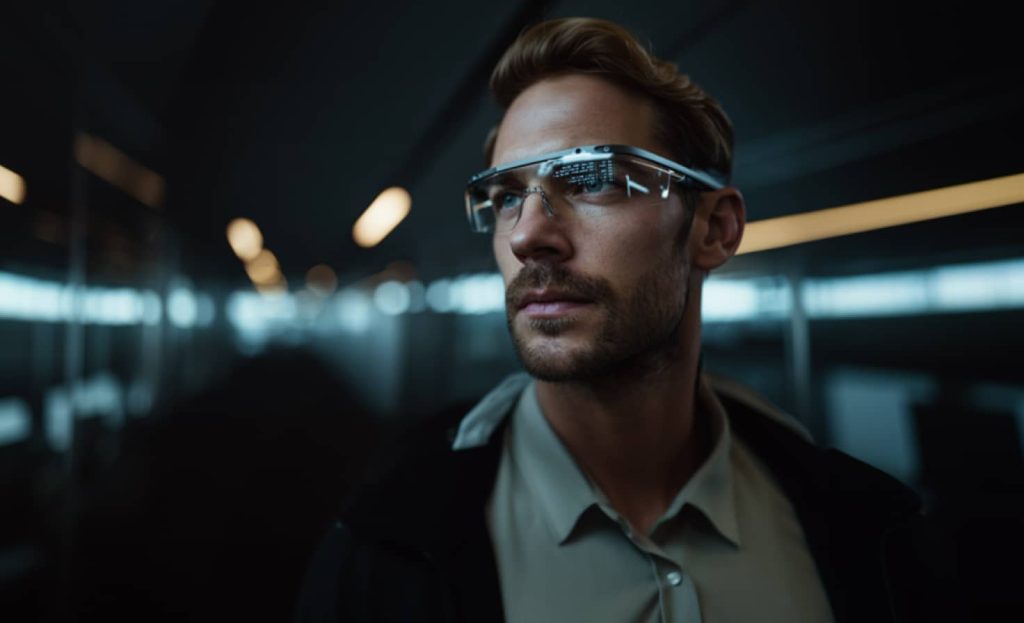

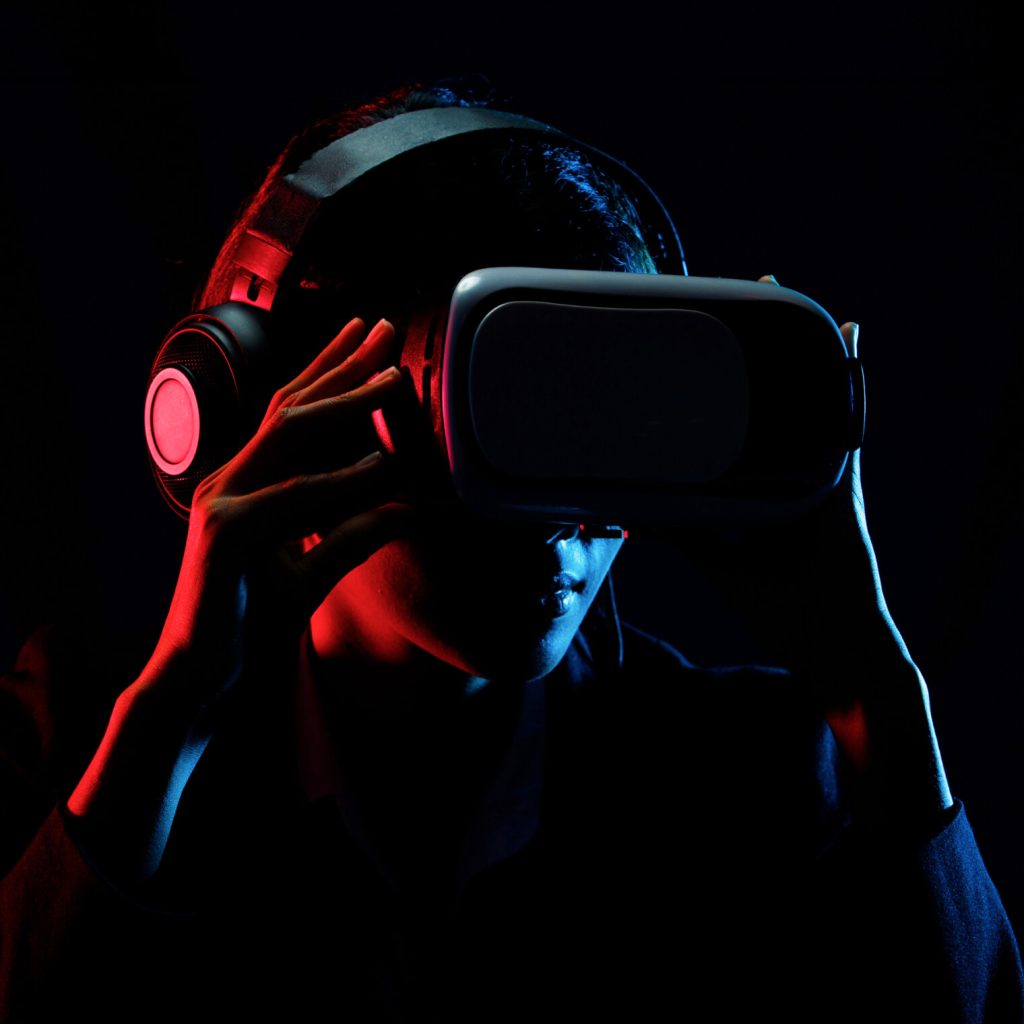
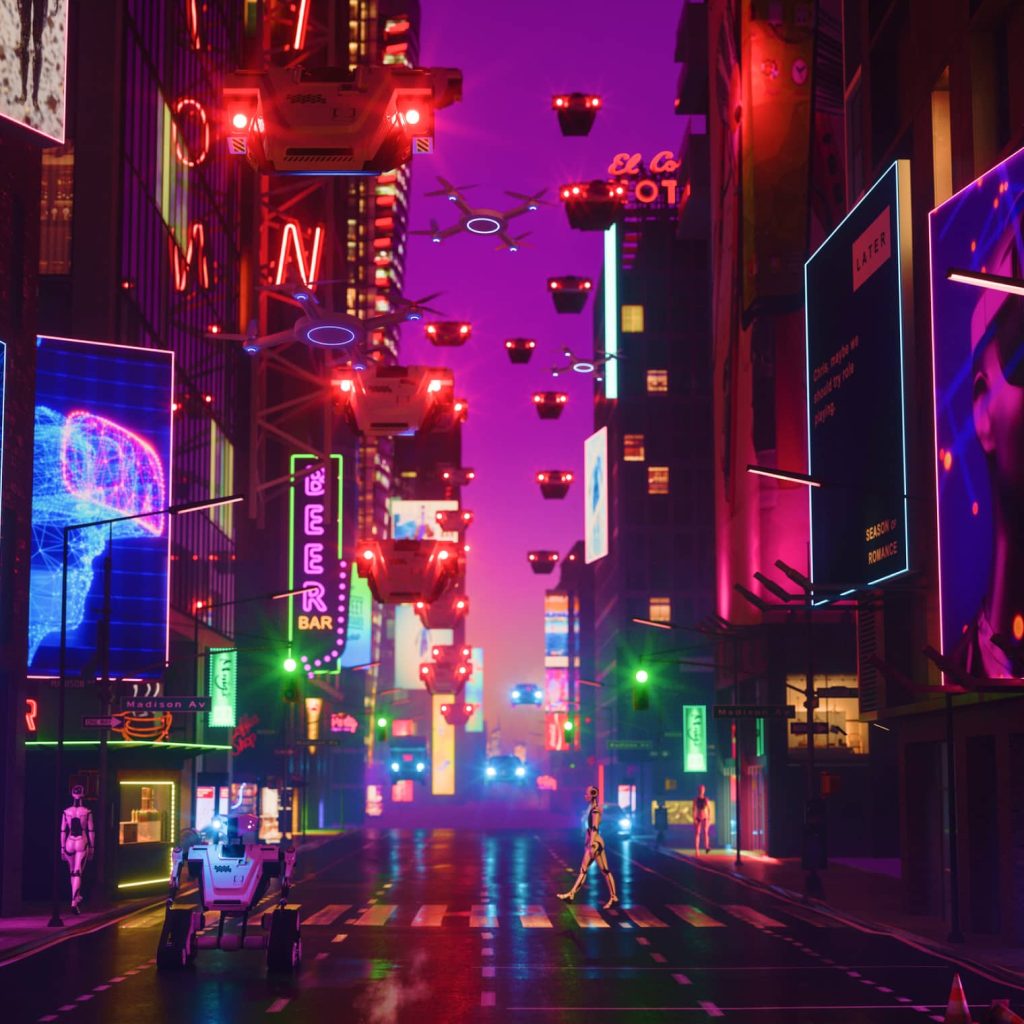
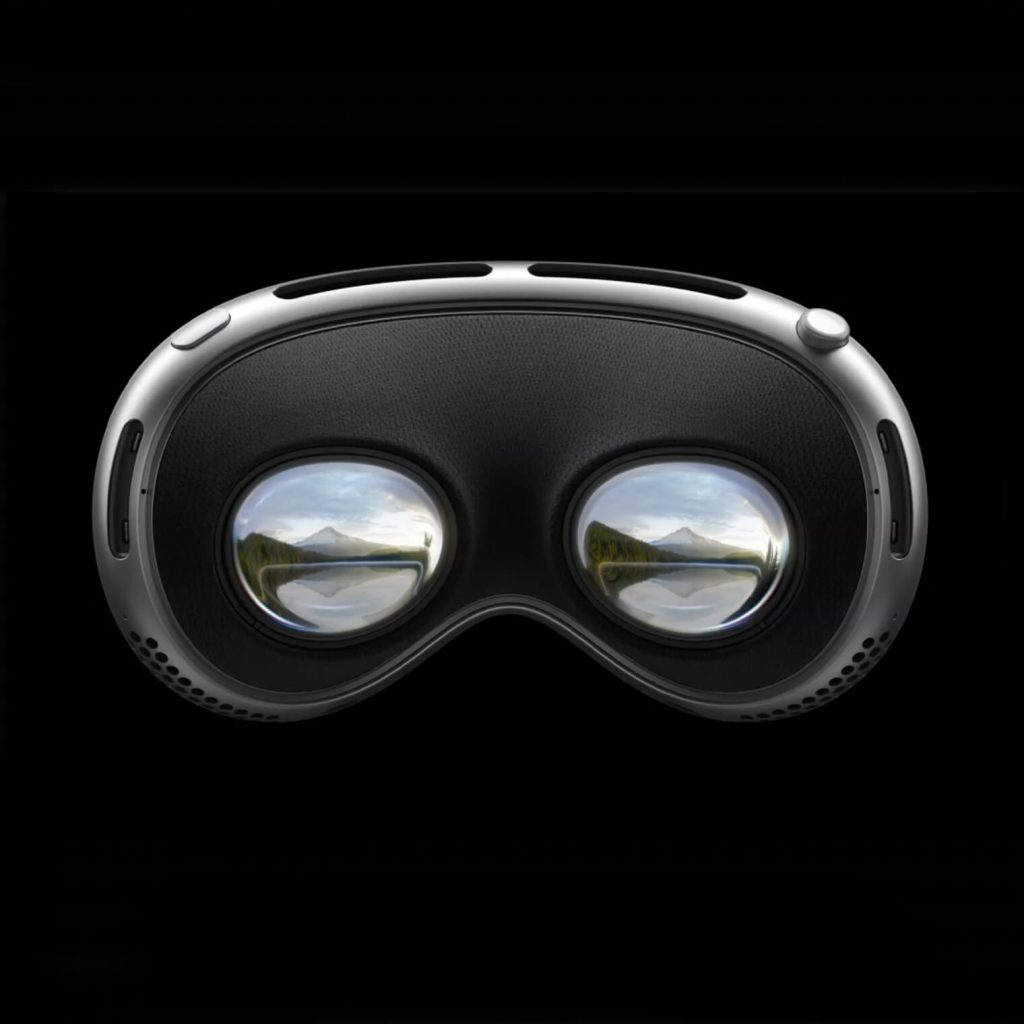
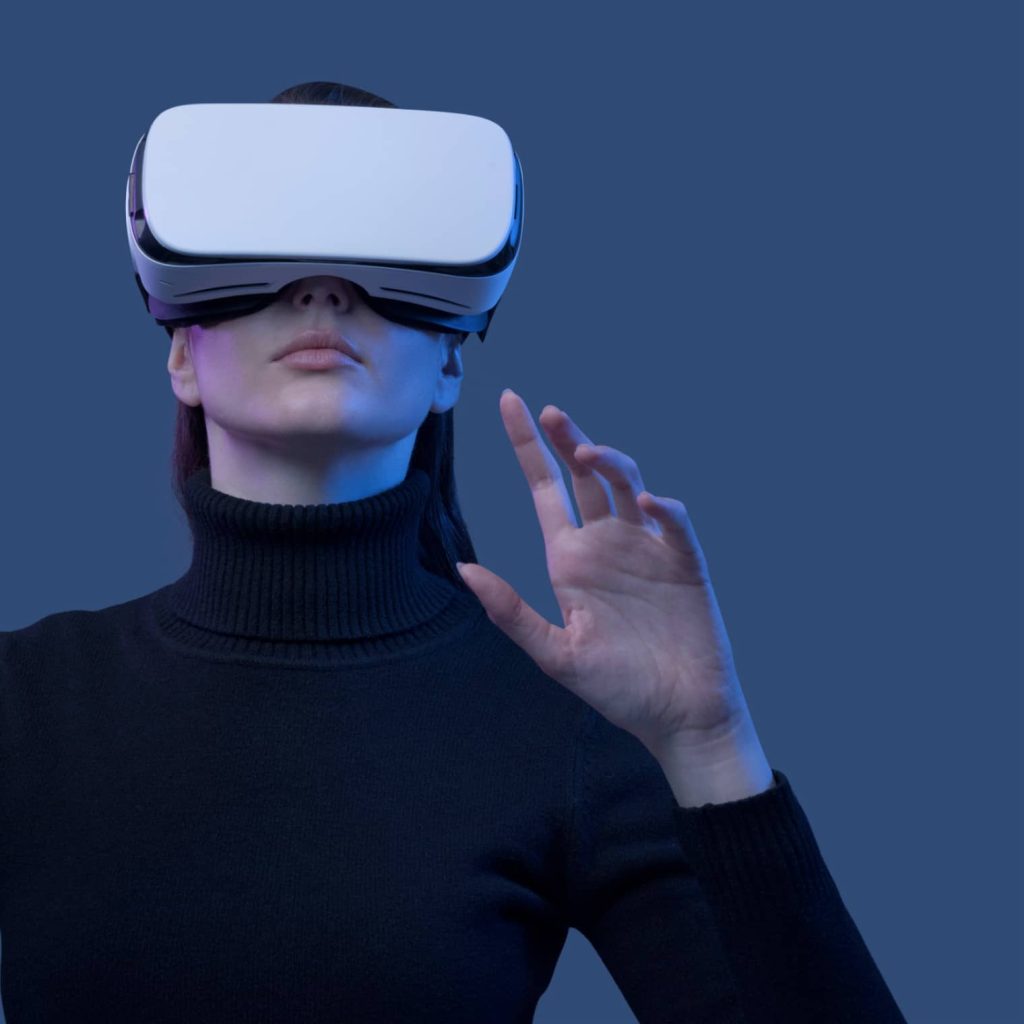
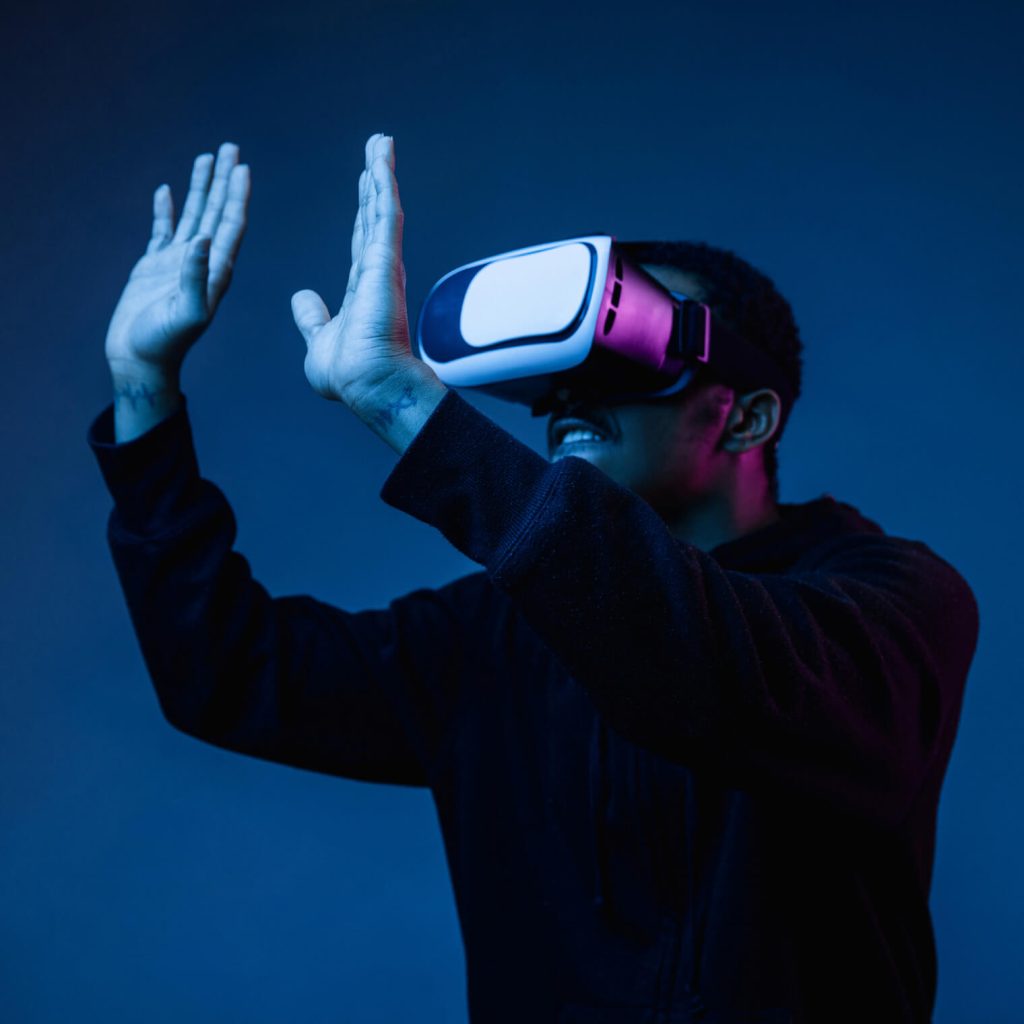
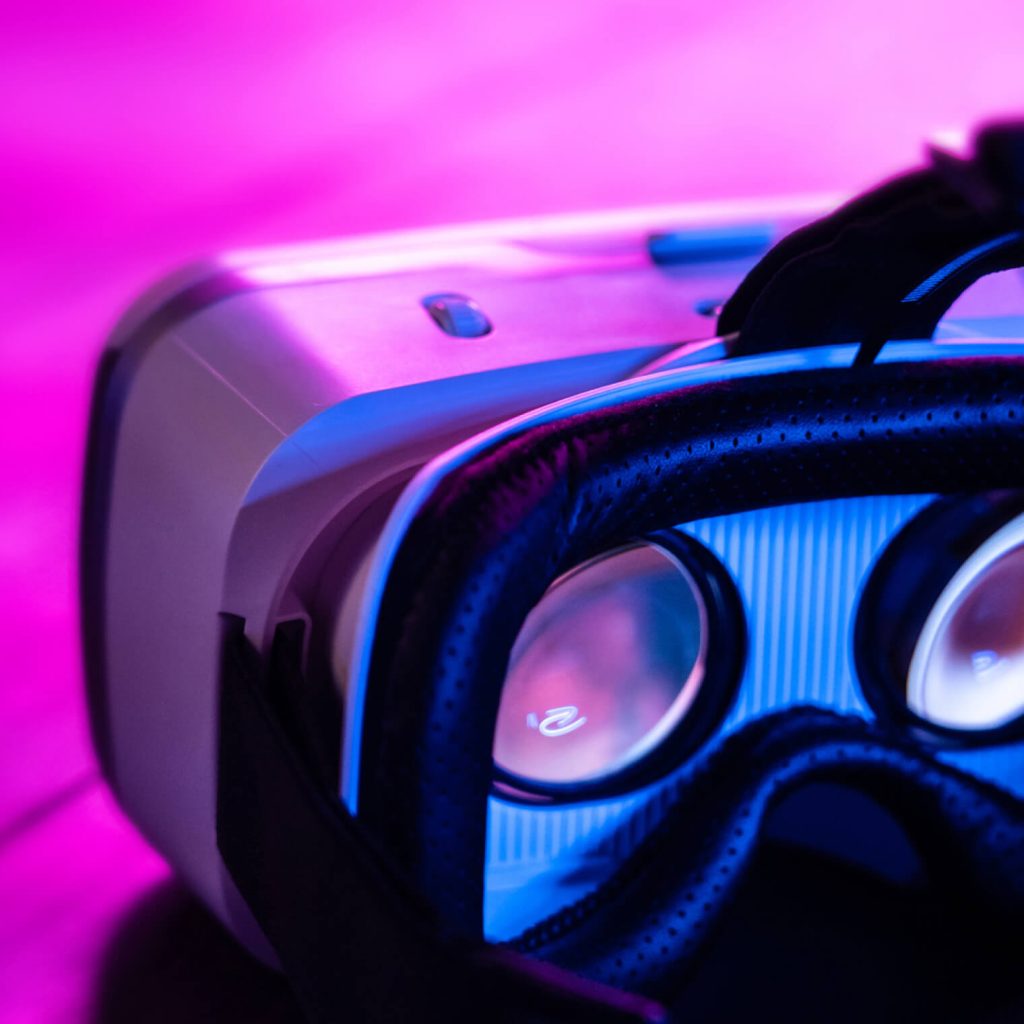
The breadth of knowledge and understanding that ELEKS has within its walls allows us to leverage that expertise to make superior deliverables for our customers. When you work with ELEKS, you are working with the top 1% of the aptitude and engineering excellence of the whole country.

Right from the start, we really liked ELEKS’ commitment and engagement. They came to us with their best people to try to understand our context, our business idea, and developed the first prototype with us. They were very professional and very customer oriented. I think, without ELEKS it probably would not have been possible to have such a successful product in such a short period of time.

ELEKS has been involved in the development of a number of our consumer-facing websites and mobile applications that allow our customers to easily track their shipments, get the information they need as well as stay in touch with us. We’ve appreciated the level of ELEKS’ expertise, responsiveness and attention to details.
